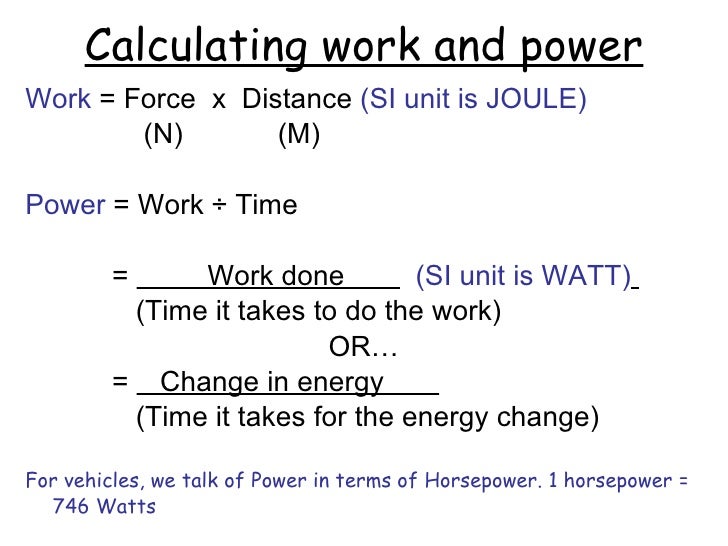

Join Seneca to get 250+ free exam board specfic A Level, GCSE, KS3 & KS2 online courses. Want to learn more about Potential Difference?

#Voltage and current to work done time series
This diagram shows that an ammeter must be connected in series with the components you want to measure and a voltmeter must be connected in parallel. We describe this as the potential difference measured across a component. Potential difference is the energy used between two points in a circuit, therefore it is measured between two points either side of a component. **Current vs potential difference: **The current is a flow of charge. Voltmeters must always be connected in parallel (on a separate branch of the circuit) with the two points being measured. For example between two points either side of component X above. **Voltmeters: **Voltmeters measure the potential difference (voltage) between two points in a circuit.

Ammeters have to be connected in series (in the same loop of the circuit) with the electrical component whose current you are measuring. **Ammeters: **An ammeter measures the flow of current that passes through it. A potential difference of one Volt is equal to one Joule of energy being used by one Coulomb of charge when it flows between two points in a circuit. The potential difference (which is the same as voltage) is equal to the amount of current multiplied by the resistance. The greater the voltage, the greater the flow of electrical current (that is, the quantity of charge carriers that pass a fixed point per unit of time). Potential Difference formula:** V = I x R** We use a voltmeter to measure potential difference (or voltage). The energy is transferred to the electrical components in a circuit when the charge carriers pass through them. **Measured in Volts: **Potential difference (p.d.) is measured in volts (V) and is also called voltage. Teach Yourself Electricity and Electronics by Stan Gibilisco McGraw-Hill (2001) $34.Potential difference is the difference in the amount of energy that charge carriers have between two points in a circuit. Top-rated books on Electric Power Generationīasic Electricity by Bureau of Naval Personnel Dover Pubns (1970) $14.95 - Provides thorough coverage of the basic theory of electricity and its applications (Notice: The School for Champions may earn commissions from book purchases) Knowing how much power you used and the electric rate charged, you can determine your electric bill. Your electric bill is based on the electric power times the time used, in kilowatt-hours. SummaryĮlectric power is voltage times current. Thus, you multiply the number of kilowatts of electricity you use times the amount of time you use it and multiply that by $0.07 to get your electric bill.įor example, if you used a 1500-watt hair dryer for 100 hours in a month at a cost of $0.07 per kilowatt-hour, the electric company would bill you for:ġ500 watt * 100 hours = 150,000 watt-hours = 150 kilowatt-hours.ġ50 kilowatt-hours * $0.07 / kW-hr = $10.50. Many electric companies charges about $0.07 per kilowatt-hour. Most homes have an electric meter outside that measures the amount of electric energy used by the house over a period of time. The electric company sends you a bill determined by the amount of work the electricity has done or amount of energy expended in kilowatt-hours. Knowing about electric power can help you in understanding how your electric bill is calculated. That is the unit of measurement the electric company uses when determining your bill. If we measure the electric power as kilowatts and the time as hours, we get the energy used by an electric system in terms of kilowatt-hours. Thus, the electric energy used is the electric power times the time. Since energy is often defined as the ability to do work, let's substitute energy E for work and rearrange the equation: Where P = power in watts, W = the work done in joules and T = the time of measurement. (See Work for more on that subject.) In other words, power equals work divided by time. The standard or mechanical definition of power is the work per unit time. You can also find the resistance of the light bulb, using Ohm's Law: V = IR. If your house voltage is V = 110 volts, then you can see that 100W = 110V * I. You can use the equation P = VI for electric power to determine the amount of current passing through that light bulb. If you look at the top of a light bulb, you will see its power rating. The abbreviation for kilowatt is usually kW. 1 kilowatt = 1000 watts, just as 1 kilometer = 1000 meters. If the amount of watts is large, kilowatts are used. The electric power required to operate a device is the input voltage times the current required.Įlectric power is measured in watts.


 0 kommentar(er)
0 kommentar(er)
